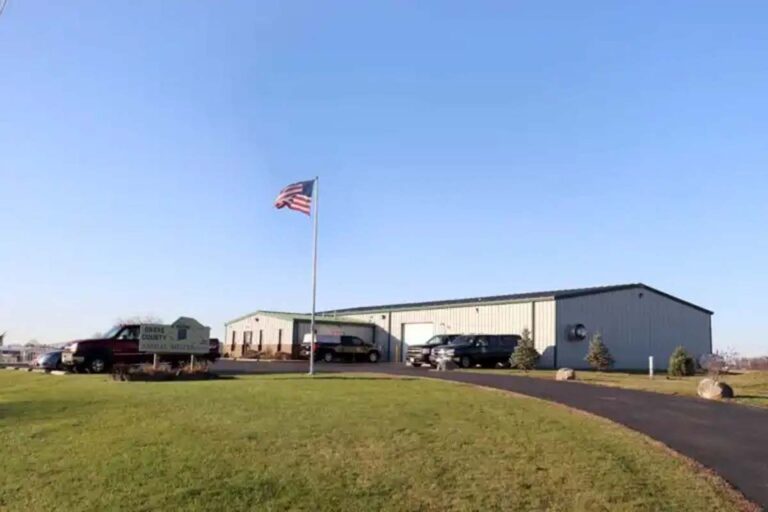

Sept. 3 marks the 100th anniversary of an ill-fated flight from one of Greenville’s own. Lt. Commander Zachary Lansdowne was piloting the USS Shenandoah when it flew into inclement weather near Ava, Ohio. Lansdowne and 13 members of his crew perished in the crash.
Lansdowne was born on December 1, 1888, and attended school in Greenville. His childhood home is located at the corner of West Third and Locust Streets near downtown Greenville. The home is now on the National Register of Historic Places.
After graduating from Greenville High School, Lansdowne received an appointment to the U.S. Naval Academy in 1905. He graduated from the academy in 1909, just five years before the start of World War 1.
After being commissioned as an Ensign, Lansdowne went on to serve on the destroyer USS MC CALL (DD-28) for five years.
Lansdowne seemed to seek more out of his service to his country and received aeronautical instruction at Pensacola, Fla., and then Akron, Ohio. He became one of the earliest naval aviators. In 1917, he was sent to England to learn more about dirigibles. He remained in Europe for the remainder of World War 1, which ended in 1918. He continued his stay overseas for the first half of 1919.
In July 1919, LCDR Lansdowne made history when he was the only American aboard a British rigid airship that flew non-stop across the Atlantic to the United States. He earned the Navy Cross for his achievement.
As Lansdowne barreled toward that fateful day, he spent time in Akron at the Navy Department and then as a White House aide. He also served as an assistant naval attaché in Germany before returning home.
Accounts of Lansdowne’s service in the Navy showed he was one of the most promising officers of that time and on February 11, 1924, he was named the commanding officer of the USS Shenandoah.
The USS Shenandoah was not what is now known as a blimp. It was a rigid lighter-than-air ship. The difference is the ship’s skeleton on the inside is what keeps it shape. A blimp requires gas to fill the ship to define its shape. Ships like the USS Shenandoah, USS Macon, and USS Akron were much larger than the modern-day blimp. Today’s blimps are anywhere from 192-feet to 250-feet long. The USS Shenandoah was approximately 700 feet long. For comparison, it would barely fit into two football fields laid end-to-end. The USS Macon and USS Akron were nearly 800-feet long. The hangar that held the rigid lighter-than-air ships was eight stories high.
According to airships.net, LCDR Lansdowne was hesitant to fly that day and made several attempts to postpone the flight. He knew there was a chance for severe weather in the Ohio Valley at that time. His orders to complete his promotional tour in the Midwest stood. One of the first flyovers was to be the Ohio State Fair.
Near Ava, Ohio, LCDR Lansdowne and the USS Shenandoah crew hit the severe weather he feared, and strong updrafts tore the ship apart. The ship was torn into three pieces. The aft section fell to the ground and killed the mechanics. The control separated from the Shenandoah and killed Lansdowne and five others.
The crew in the remaining section were able to bring it safely to the ground. Of the 43 men on board the ship, 14 were killed in the crash, including Lansdowne.
LDCR Lansdowne is buried at Arlington National Cemetery.
The Garst Museum will host a special event on October 18 at 2 p.m. to commemorate the 100th anniversary of the tragedy. Leroy Clouser will be speaking at the museum’s Speaker Series. Clouser has done extensive research on the lighter-than-air ships that include the USS Shenandoah, USS Akron, and USS Macon.
The Garst Museum Speaker Series is free and will be held in the Lowell Thomas Meeting Room at the Garst Museum, located at 205 N. Broadway, Greenville. The museum has an exhibit of LCDR Lansdowne and the USS Shenandoah in its Keepers of Freedom section. There is an admission fee to tour the museum.





